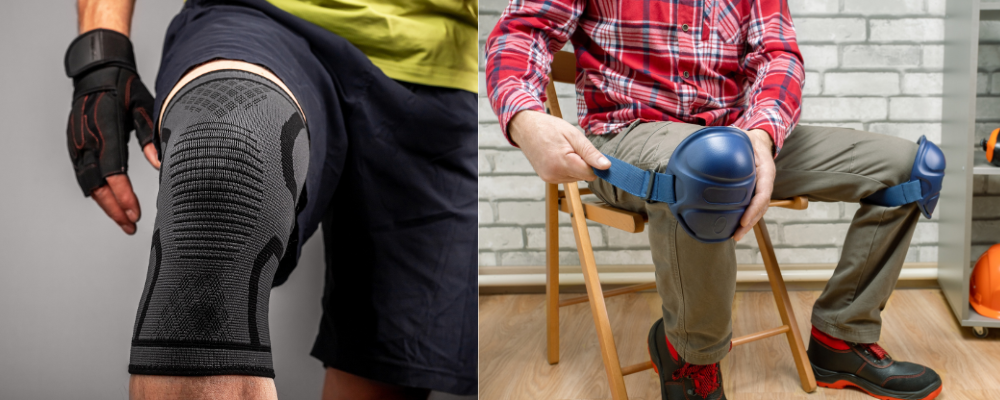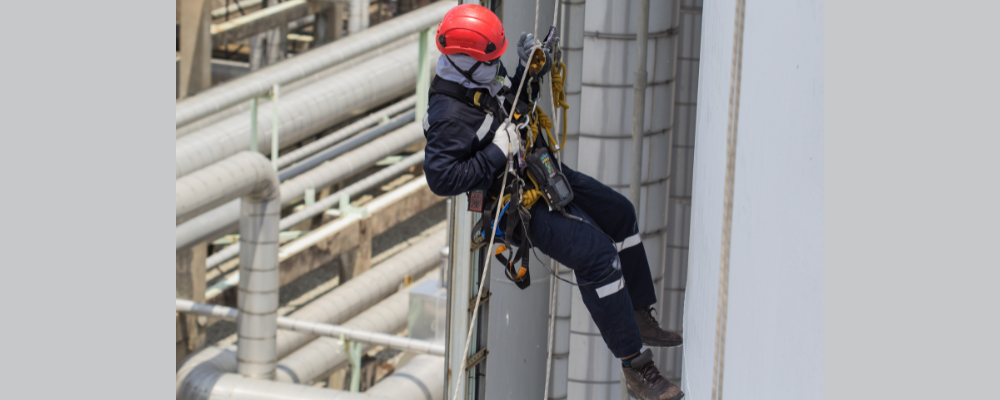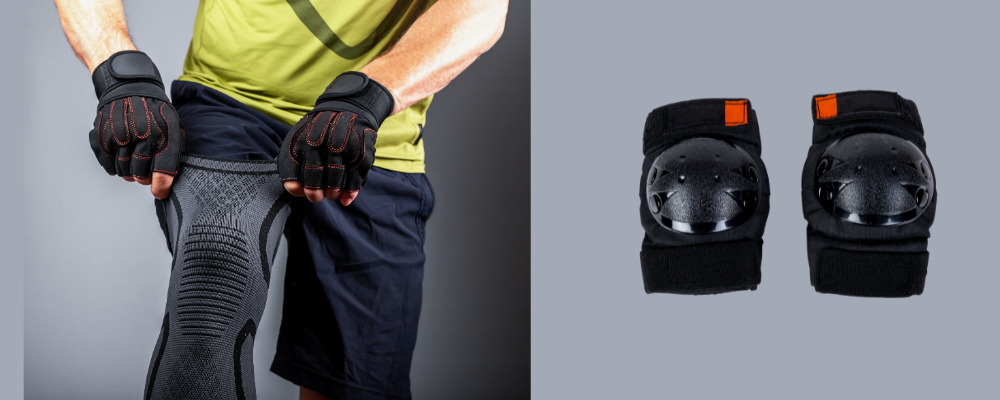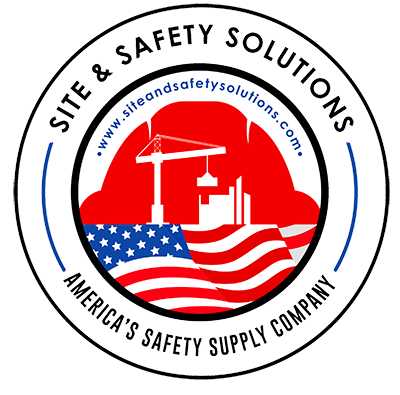
Introduction
In the high-risk environment of construction sites, ensuring safety measures for workers is paramount. Among various protective gear, Knee Guards stand out as crucial equipment, shielding workers from potential knee injuries. In this guide, we delve into the significance of knee guards in construction work, outlining their types, functionalities, and best practices for optimal usage.
Understanding the Role of Knee Guards in Construction
Importance of Knee Protection
Construction tasks often demand prolonged kneeling, exposing workers to hazards like rough surfaces, debris, and hard materials. Knee guards protect against these dangers, mitigating the risk of injuries such as bruises, strains, or chronic knee-related issues.
Types of Knee Guards Offered by Site and Safety Solutions
APEX GEL Knee Guard
The APEX GEL Knee Guard integrates gel cushioning technology, providing superior comfort and impact absorption during extended periods of use. Its ergonomic design ensures flexibility without compromising on protection.
FACTOR Knee Guard
The FACTOR Knee Guard emphasizes durability and is constructed with robust materials to withstand rigorous work conditions. Its adjustable straps offer a secure fit, ensuring stability during strenuous tasks.
PIVOTAL Knee Guard Hardshell
This variant boasts a hardshell construction engineered explicitly for heavy-duty applications—the rigid exterior shields against sharp objects and abrasive surfaces, ideal for tasks requiring maximum protection.
Non-Marring PIVOTAL Knee Guard
Like its hardshell counterpart, the Non-Marring PIVOTAL Knee Guard offers robust protection while featuring a non-marring design. This prevents surface damage, making it suitable for delicate flooring or finishing work.
APEX GEL Knee Guard Non-Marring
Combining the benefits of gel cushioning with non-marring features, this Knee Brace variant caters to workers needing both comfort and surface preservation during their tasks.

Maximizing Safety: Tips for Proper Knee Guard Maintenance
Importance of Maintenance
Construction workers heavily rely on these guards for protection. Proper maintenance ensures their effectiveness and longevity.
-
Maintenance Guidelines
Regular Cleaning: Use mild soap and water to clean them after each use, removing dirt and debris.
Inspection Routine: Check for damages, such as tears or weakened areas, and replace guards if necessary.
Storage Practices: Store guards in a clean, dry area to prevent deterioration and maintain their quality. -
Longevity and Efficiency
Proper maintenance extends the lifespan of guards and ensures their continued efficiency, providing consistent protection to workers in demanding construction environments.
Enhanced Productivity: Optimizing Comfort with Proper Knee Guard Fitting
Significance of Proper Fitting
An ill-fitted knee guard can hinder movement and compromise safety. Correct fitting is crucial for optimal comfort and protection.
Fitting Techniques
Adjustment Guidelines: Follow manufacturer instructions for proper strap adjustment, ensuring a snug yet comfortable fit.
Flexibility Considerations: Ensure guards allow natural movement without restricting mobility during tasks.
Trial and Adjustment: Workers should test the guards and adjust for the most comfortable fit.
Impact on Work Efficiency
Well-fitted guards enhance comfort, enabling workers to focus on tasks without discomfort or distraction, ultimately boosting overall work efficiency on construction sites.
Choosing the Right Knee Guard
Factors to Consider
Knee Brace serves as crucial protective gear for construction workers, and selecting the appropriate guard requires carefully considering various factors tailored to the job’s specific needs. Here are the key considerations:
1. Task-specific Requirements
Evaluation of Tasks: Understanding the nature of tasks performed is paramount in determining the type of these guards needed. Hardshell guards are recommended for heavy-duty activities involving exposure to sharp or abrasive surfaces. These guards feature a rigid exterior that effectively shields against impacts and potential hazards, offering enhanced protection during concrete work, construction on rough terrain, or handling heavy materials.
Extended Kneeling Tasks: Conversely, tasks involving prolonged kneeling sessions, such as flooring installation or detailed finishing work, necessitate guards designed for comfort and flexibility. Gel-based guards provide cushioning and support, reducing strain on the knees and ensuring comfort even during extended periods of kneeling. They allow for greater flexibility, enabling workers to move freely without compromising safety.

2. Comfort and Flexibility
Balancing Protection and Flexibility: The ideal knee guard strikes a delicate balance between protection and flexibility. While security is paramount, the guard should not impede the worker’s movements or cause discomfort. Guards with adjustable straps and ergonomic designs offer a snug fit without restricting mobility, ensuring workers can perform their tasks effectively while staying adequately protected.
3. Durability and Longevity
Material and Construction: Considering the demanding environment of construction sites, durability is a critical factor. These guards, made from robust materials, reinforced stitching, and durable padding, are essential. Guards with strong exteriors capable of withstanding abrasions, punctures, and wear are preferable. Prioritizing guards designed for longevity ensures they can endure the rigors of daily use, extending their lifespan and providing sustained protection to the wearer.
Choosing the right knee guard involves a meticulous assessment of the tasks performed, the need for comfort and flexibility, and the durability of the guard itself. Workers can select guards that optimize safety without compromising performance by aligning these considerations with the specific construction work requirements.
2.2 Proper Usage and Maintenance
Fitting and Adjustment:
1. Ensure a Snug Fit:
Proper fitting of these is essential for optimal protection. Workers should adjust the straps to achieve a snug fit around their knees.
A loose guard might slip or move during work, leaving areas vulnerable to injuries. Conversely, excessively tight guards could restrict blood flow or hinder movement.
2. Adjustment Guidelines:
Follow the manufacturer’s guidelines for adjusting knee guards. Different designs might have specific instructions for achieving the best fit.
Straps should be tightened enough to keep the guard in place without causing discomfort or restricting movement.
3. Trial and Testing:
Before starting a task, workers should test the fitted guards to ensure they stay in position during various movements or positions required.
Encourage workers to readjust if they feel any discomfort or notice the guard slipping during work.
Regular Inspection and Cleaning:
1. Scheduled Inspections:
Implement a routine inspection schedule, preferably before each use, to examine these guards thoroughly.
Look for signs of wear and tear, such as fraying straps, cracks in hardshell guards, or deterioration of cushioning material in gel-based guards.
2. Addressing Wear and Tear:
Any identified issues should prompt immediate action. Damaged knee guards should not be used as they might fail to provide adequate protection.
Replace worn-out or damaged guards promptly to maintain a safe working environment.
3. Cleaning Guidelines:
Adhere to the manufacturer’s cleaning instructions provided with the Knee Brace.
Cleaning involves using mild soap, detergent, and water to remove dirt and grime. Avoid harsh chemicals that might damage the material.
4. Drying and Storage:
After cleaning, ensure these guards are thoroughly dried before storage to prevent mold or mildew formation.
Store these guards in a clean, dry area away from direct sunlight or extreme temperatures to maintain structural integrity.
Importance of Proper Maintenance:
Proper usage and maintenance of these guards significantly contribute to the overall safety of construction workers. Regular inspections, fitting checks, and adherence to cleaning guidelines ensure that knee guards effectively mitigate potential injuries. Workers should prioritize these practices to maximize the protective benefits of knee guards during their work activities.
By emphasizing the importance of fitting, adjustment, regular inspections, and proper cleaning procedures, construction workers can maintain the integrity of their knee guards, thereby enhancing their safety on the job.
Visit our page for more products like
Non-Marring PIVOTAL Knee Guard
APEX GEL Knee Guard – Hardshell
For more information, visit our website and Facebook page.
Conclusion
In conclusion, knee guards are indispensable in safeguarding construction workers against potential knee-related injuries. Site and Safety Solutions offers a diverse range of knee guards catering to various job requirements, ensuring safety and comfort. By choosing the right knee guard and adhering to proper usage guidelines, construction workers can significantly reduce the risk of knee injuries, promoting a safer work environment.









